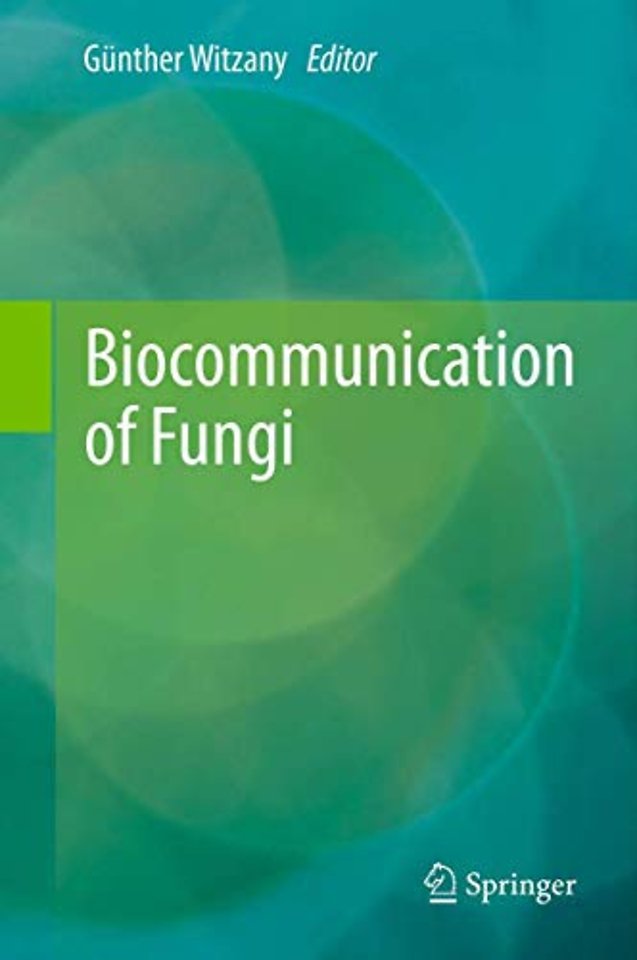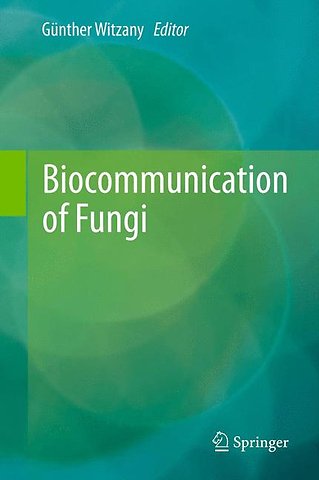Biocommunication of Fungi
Gebonden Engels 2012 2012e druk 9789400742635Samenvatting
Fungi are sessile, highly sensitive organisms that actively compete for environmental resources both above and below the ground. They assess their surroundings, estimate how much energy they need for particular goals, and then realise the optimum variant. They take measures to control certain environmental resources. They perceive themselves and can distinguish between ‘self’ and ‘non-self’. They process and evaluate information and then modify their behaviour accordingly.
These highly diverse competences show us that this is possible owing to sign(aling)-mediated communication processes within fungal cells (intraorganismic), between the same, related and different fungal species (interorganismic), and between fungi and non-fungal organisms (transorganismic). Intraorganismic communication involves sign-mediated interactions within cells (intracellular) and between cells (intercellular). This is crucial in coordinating growth and development, shape and dynamics. Such communication must function both on the local level and between widely separated mycelium parts. This allows fungi to coordinate appropriate response behaviors in a differentiated manner to their current developmental status and physiological influences.
Specificaties
Lezersrecensies
Inhoudsopgave
Rubrieken
- advisering
- algemeen management
- coaching en trainen
- communicatie en media
- economie
- financieel management
- inkoop en logistiek
- internet en social media
- it-management / ict
- juridisch
- leiderschap
- marketing
- mens en maatschappij
- non-profit
- ondernemen
- organisatiekunde
- personal finance
- personeelsmanagement
- persoonlijke effectiviteit
- projectmanagement
- psychologie
- reclame en verkoop
- strategisch management
- verandermanagement
- werk en loopbaan

